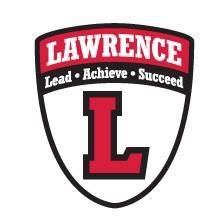Lawrence Township taxpayers will see a five-cent increase in the school district property tax rate, based on the Lawrence Township Public Schools’ $88.6 million operating budget for 2025-26.
The school board approved the budget, following a public hearing on the spending plan at the board’s May 7 meeting.
The school district property tax rate will increase from $1.64 per $100 of assessed value to $1.69. The owner of a house assessed at the township average of $285,767 will pay $4,829 in school district property taxes, which is an increase of about $144.
A Lawrence Township property owner’s bill includes the school district property tax, the municipal and open space property taxes and the Mercer County property, library and open space taxes.
The property tax levy to support the 2025-26 operating budget is $79.6 million. The tax levy for the current budget is $76.8 million.
Other sources of income include miscellaneous income, such as interest on savings and money from the fund balance or surplus account.
State aid increased by $414,353 to $7.3 million. This reflects a trend of increased state aid to the school district, which received $6.9 million in the current budget.
The cost drivers for the 2025-26 budget are the same as they have been in prior budgets – salaries and benefits, transportation, tuition and contractual services, said Business Administrator Thomas Eldridge. Overall, salaries and benefits, out-of-district tuition, transportation and energy costs make up 92% of the budget.
“Salary increases are market-driven,” Eldridge said. “Supply and demand governs teacher recruitment and retention. Benefits are also part of that factor in our recruitment and retention.”
Prescription drug benefits for employees have increased in the 20% range, in some cases, he said. Medical insurance costs have gone up by 7- to 12%, and pension costs have gone up by 17%.
Tuition for students who are sent out of the school district to specialized schools also has increased, as well as contractual services. Tuition has gone up from $4.6 million to $4.9 million.
“It’s not just inflation that changes things, but students’ needs,” Eldridge said. “As students come into the district, if you see an increase in our budget in certain areas, it may reflect a change in students’ needs and not just inflation.”


